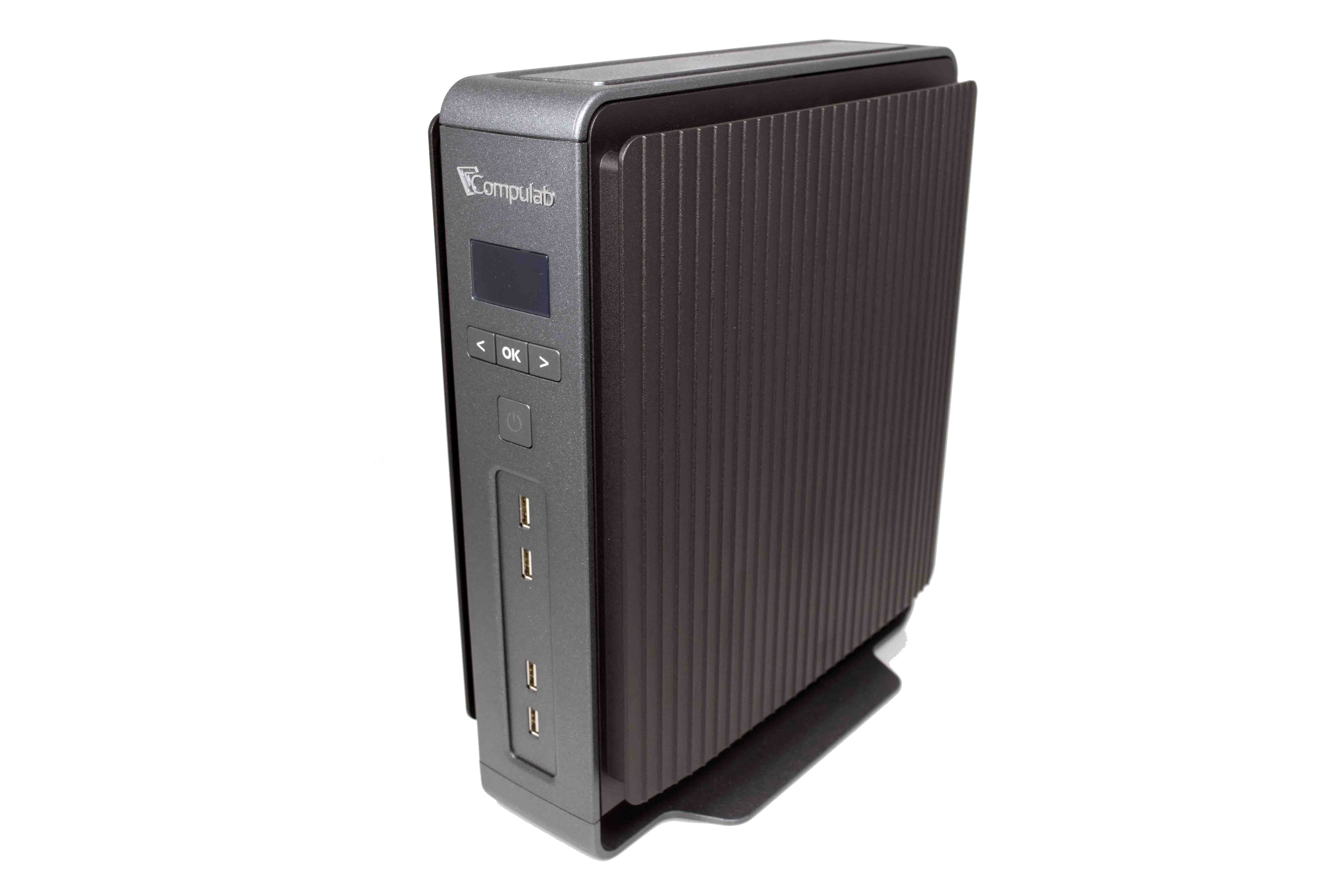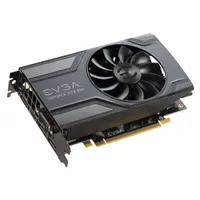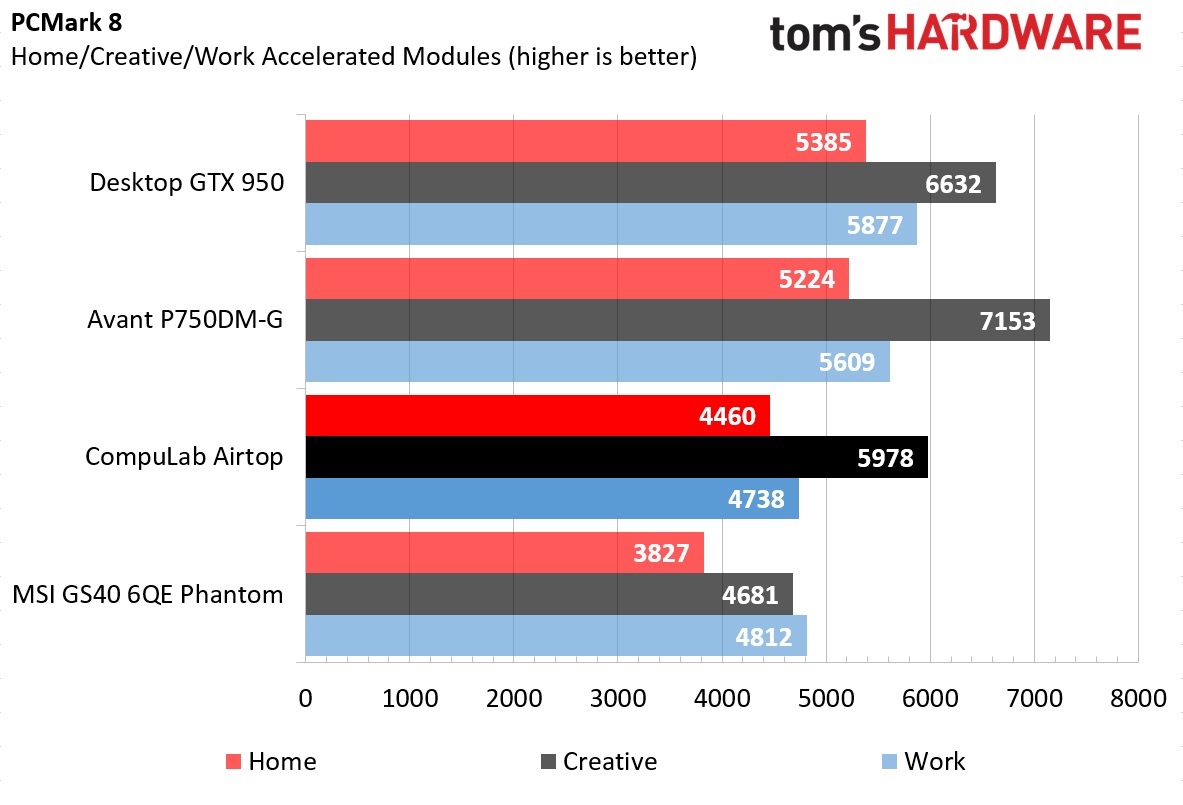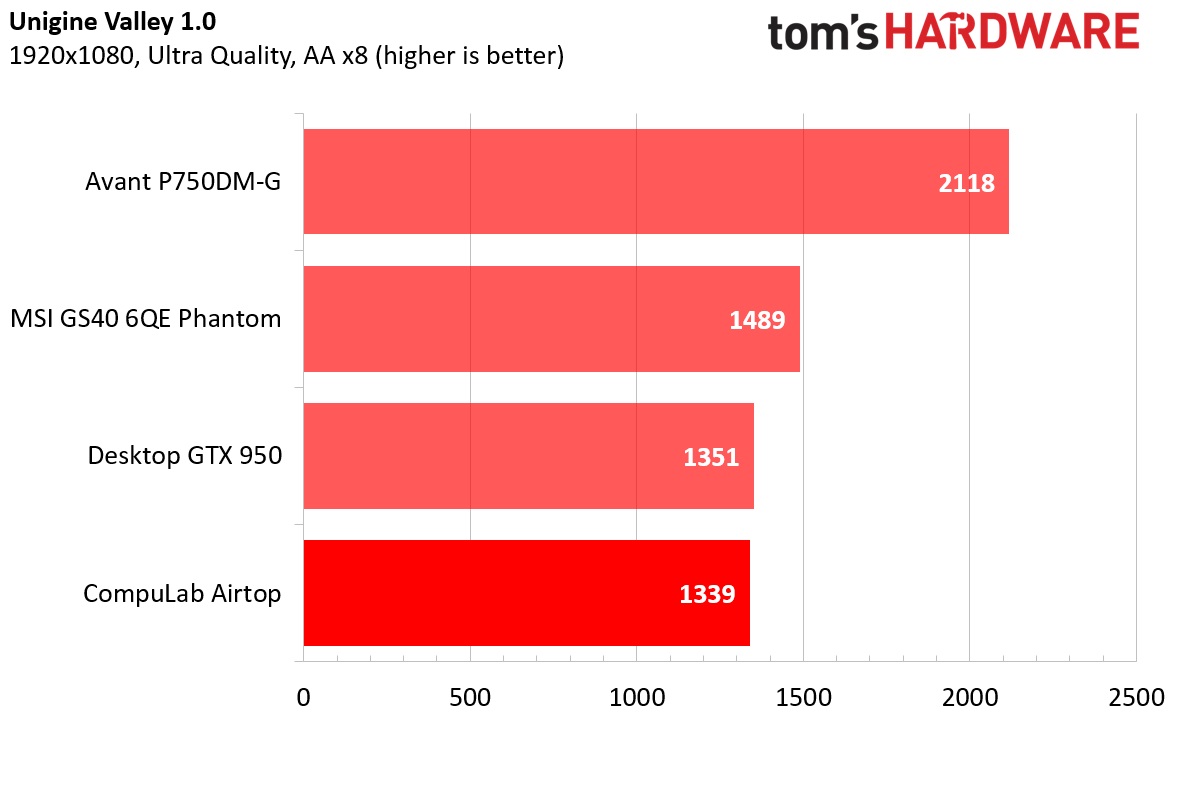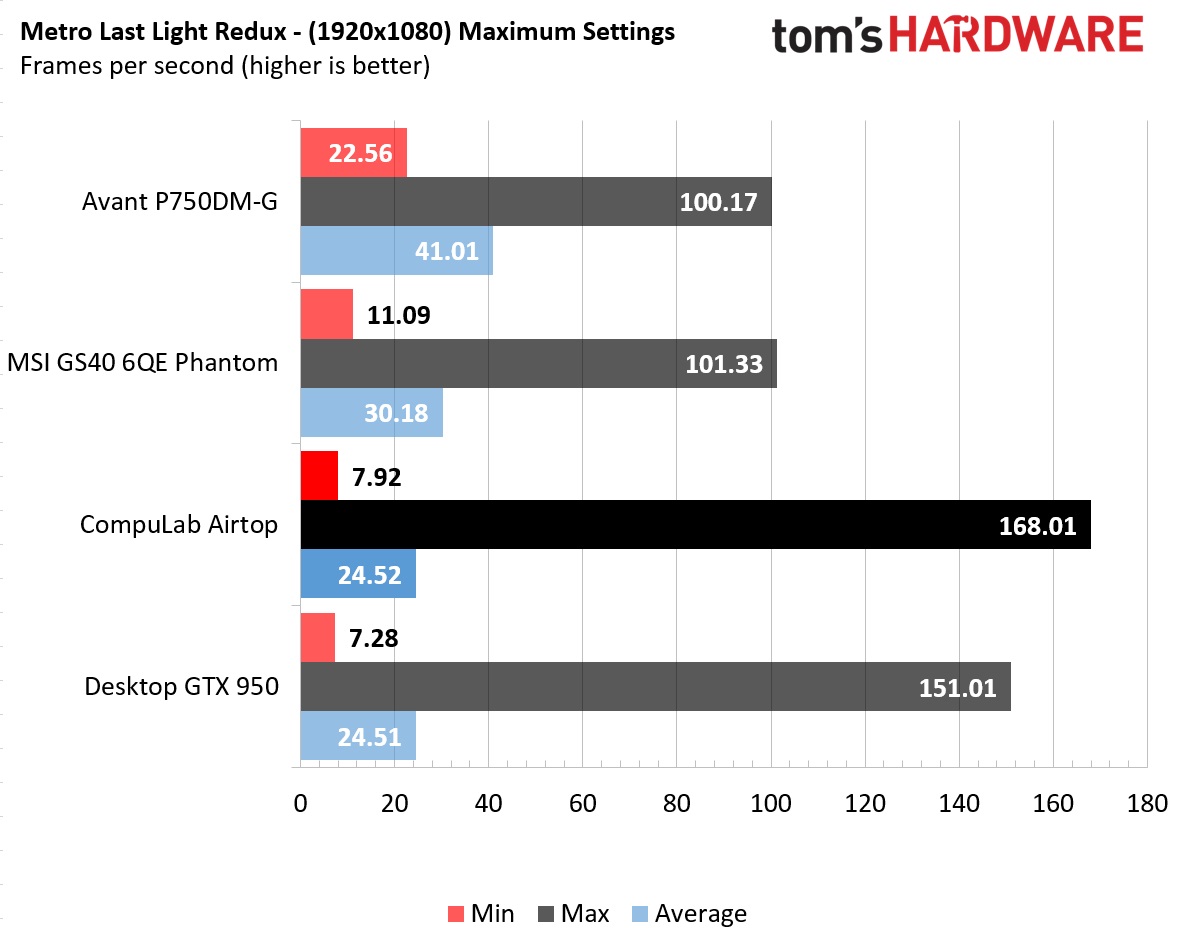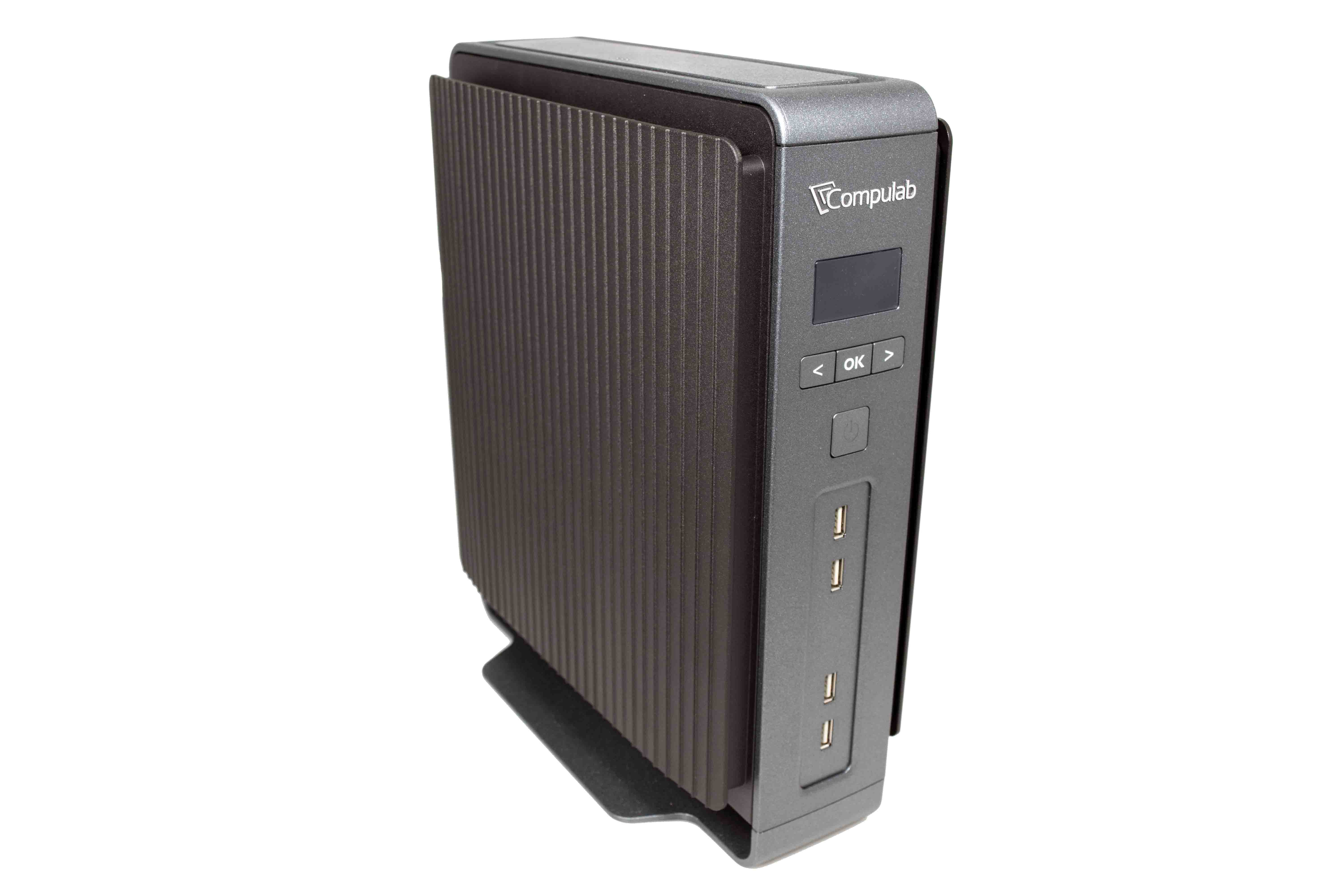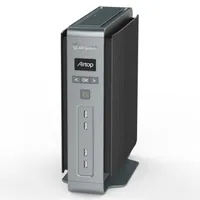CompuLab Airtop Fanless PC First Look
Benchmarks And Conclusion
The Airtop’s graphics setup isn’t beefy enough to be considered suitable for high-performance gaming when detail levels are cranked to the max. However, we still ran the system through our "first look" benchmark suite, which includes PCMark 8, 3DMark Fire Strike and Unigine Valley. We also used in-game benchmarking tools from Bioshock Infinite and Metro: Last Light Redux at their highest settings to see if the modest GPU and Broadwell-based CPU achieve playable frame rates.
With its Intel Core i7-5775C and Nvidia GeForce GTX 950, we found it difficult to make a straight apples-to-apples comparison to the CompuLab Airtop. However, we configured a custom desktop PC with a Z97 motherboard and an Intel Core i7-4790K, which shares the same base architecture (Haswell is Broadwell's larger, less efficient older brother) but has higher stock clock frequencies than the 5775C. The test rig's 16 GB (2 x 8 GB) kit of DDR3-1600 is as close as we could get to Airtop's memory configuration, and EVGA was kind enough to lend us the exact same GPU (02G-P4-2951-KR) as CompuLab's silent SFF PC. Overall, the performance of this test rig can provide a ballpark baseline of what we should expect to see from the Airtop.
We also used the price point to compare the Airtop with AVADirect’s Avant P750DM-G and MSI’s GS40 6QE Phantom, available for $1978 and $1600, respectively. The Avant sports an Intel Core i7-6700K with a GTX 980M graphics module, and the Phantom features a Core i7-6700HQ with a GTX 970M. Selling for slightly more and a few hundred dollars less than the Airtop, it will be interesting to see how those two machines fare against CompuLab’s fanless PC performance-wise.
Synthetic Benchmark – PCMark 8
The Airtop’s lead over MSI's GS40 in the PCMark 8 Home and Creative tests can be attributed to its higher-clocked desktop processor. The GS40 takes a marginal lead over the Airtop in the Work benchmark due to MSI's use of a faster NVMe-based storage device, which makes up for its lower CPU performance.
The GTX 950 desktop and its Core i7-4790K beats the Airtop and takes a narrow lead over the Avant P750DM-G in the Home and Work modules thanks to a slightly-speedier storage configuration (it sports a 500 GB Samsung 850 EVO SATA 6 GB/s SSD, which has 1,000 higher read and write IOPs than the 250 GB M.2 model in the Avant). The test rig also has a higher CPU turbo frequency (4.4 GHz versus 4.2 GHz) that was sustained longer because of the desktop's superior cooling (a 120 mm water cooler). However, the Creative module (which primarily tests GPU performance) is dominated by the GTX 980M inside the Avant P750DM-G, where the GTX 950s and GTX 970Ms fall short of the 980M's GPU performance, as we'd expect.
Synthetic Benchmark – 3DMark Fire Strike
The Airtop finishes last in the 3DMark Fire Strike test due to its mainstream GPU, which can't compete with the likes of a GTX 980M. However, it scores a first-place win in the processor-bound Physics test, even over the Avant's i7-6700K. This is particularly puzzling, and there may be something hindering the Avant's CPU performance (we suspect that loading Intel's XTU software for our testing may have diminished sustained clock rates, as AvaDirect doesn't support overclocking). The fanless GTX 950-equipped Airtop chases MSI’s cheaper contender in the Graphics sub-test, though we can tell its Overall and Combined scores are helped by the Core i7-5775C's strong performance.
Synthetic Benchmark – Unigine Valley
Unigine Valley provides a purely-GPU intensive benchmark. CompuLab's Airtop and its GTX 950 score within 12 points of the similarly-equipped test rig, and the difference is negligible. The other comparison systems reinforce the GPU hierarchy, with the Phantom's GTX 970M beating the GTX 950 and Avant's GTX 980M on top of the heap.
Get Tom's Hardware's best news and in-depth reviews, straight to your inbox.
Gaming Benchmark – Bioshock Infinite

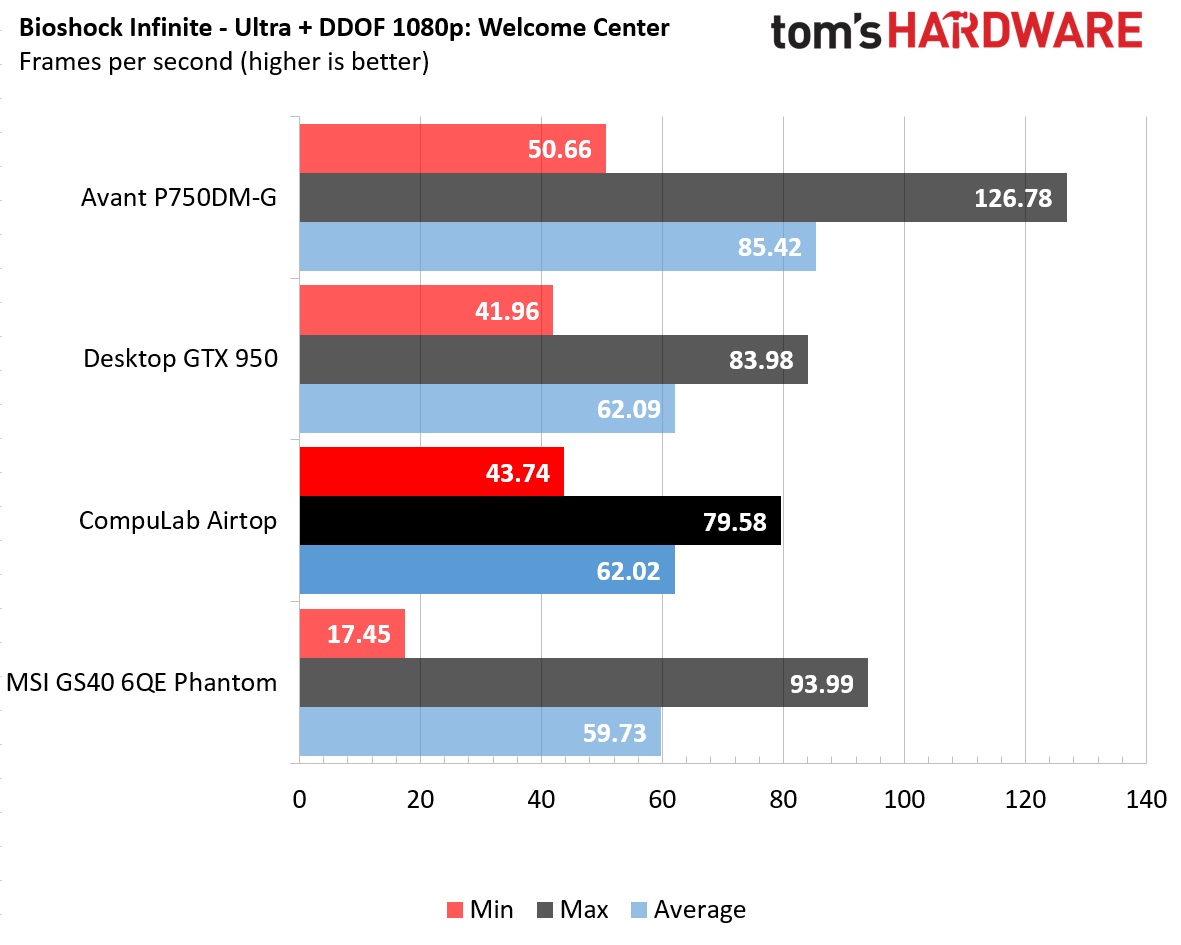

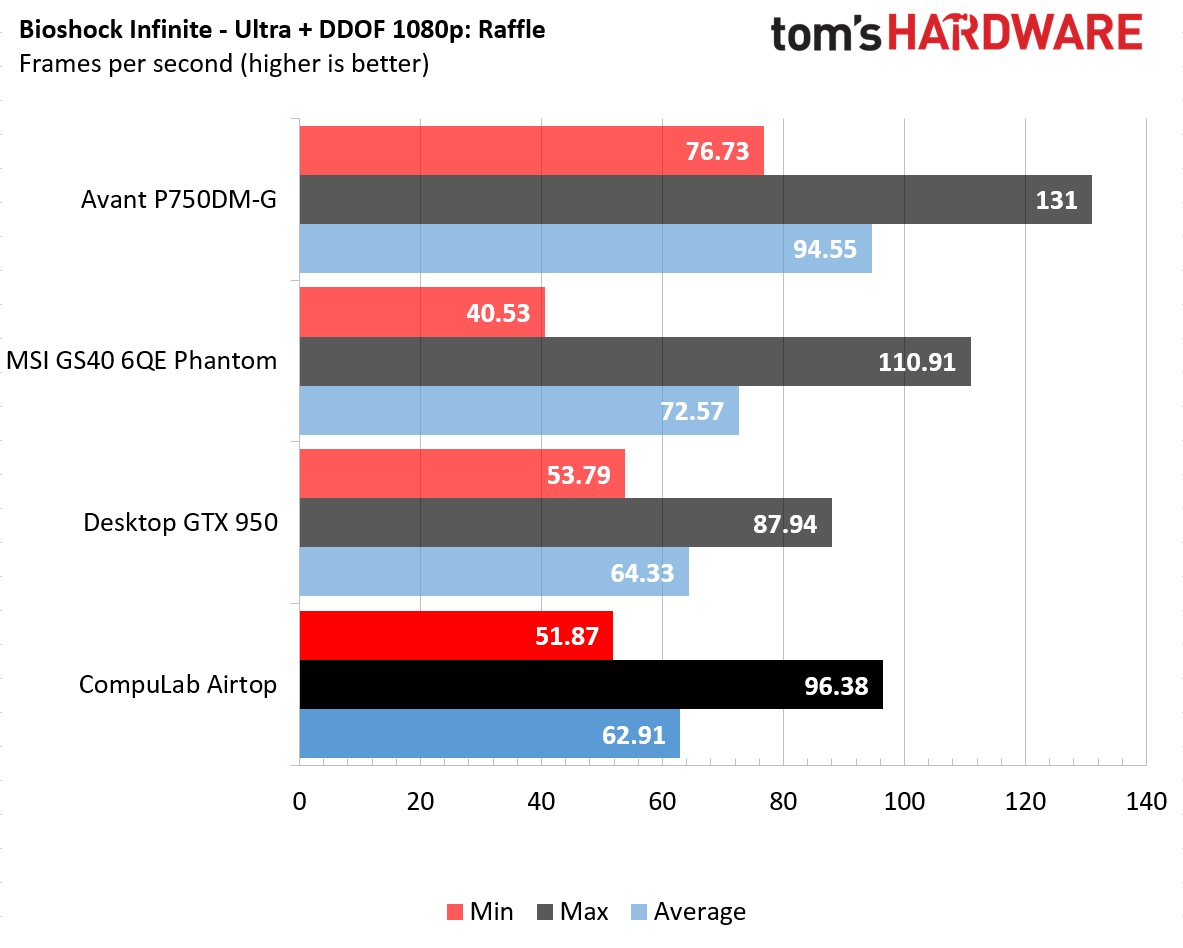

Bioshock Infinite stresses the CPU more than most games, allowing the Airtop to trade blows with MSI's GS40 6QE Phantom throughout the benchmark's first scene. In the latter stages, where graphics play more of a role, MSI’s laptop leads in maximum and average frame rates. The Airtop does enjoy a higher minimum frame rate, which we attribute to its desktop host processor. AVADirect’s Avant still leads the field, and the Airtop falls behind the desktop test rig across the board because of the i7-5775C's lower CPU clock rates.
Gaming Benchmark – Metro: Last Light Redux
Metro: Last Light Redux is a better test of GPU alacrity than Bioshock, and the GTX 950's shortcomings are apparent next to the mobile GTX 980M and 970M. The Airtop manages to achieve the highest maximum frame rate, even over the P750DM-G (we still think there is something up with the Avant's CPU performance) and its desktop rival, but it sits at the bottom of the chart with the similarly-equipped test rig with a near-identical average frame rate.
Conclusion
The idea of a fanless desktop PC is tantalizing, but it has been done before. What we haven't seen is a small form factor platform trying to defy physics like the Airtop. Cramming a desktop-class Core i7 (even if it’s a slightly-older, scarcely-adopted model) and discrete GeForce card into such a small case without any fans definitely changes the game. Today's manufacturing technology and efficiency levels are approaching the point where we can enjoy playable frame rates without active cooling, and CompuLab’s Airtop is the proof of that concept. The CPU never exceeded 55 C in our tests, and GPU temperatures remained at or below 44 C with clock rates consistent with the actual retail graphics card used in our test system.
Enthusiast gamers will obviously point out the machine's terrible price-to-performance ratio, which offers less speed than a laptop selling for hundreds of dollars less. In addition, the chassis is heavy and not the most aesthetically pleasing we've reviewed. But it's clear that the Airtop isn't made specifically for gaming or to look pretty. Really, it's a business-oriented system, designed to be completely silent.
Why couldn’t the company add a GeForce GTX 980 MXM module? CompuLab was very specific that this isn’t currently possible, although it considered offering an MXM adapter for the PCIe slot at one point. But company representatives explained that the existing options aren't only limited by thermal constraints or a limited power budget. Rather, there's also pricing to think about. The added cost of an MXM module piled on top of the already-expensive platform would likely put the Airtop over the edge. At almost $2000, we'd counter that the system is probably close to the edge already.
When CompuLab asked if we were interested in testing the Airtop, we pushed for a configuration that could satisfy our enthusiast community with gaming chops. However, three serial ports, Xeon CPU compatibility, robust storage options, plenty of USB connectivity, two PSU inputs (for redundancy) and two SIM card slots endear the Airtop to business customers. Gaming is just something it can do, too. In environments where power consumption, noise and productivity are primary concerns, the Airtop is more compelling. Silence is golden, just expect to pay dearly for the luxury.
MORE: Best PC Builds
MORE: How To Build A PC
MORE: All PC Builds Content
Derek Forrest was a contributing freelance writer for Tom's Hardware. He covered hardware news and reviews, focusing on gaming desktops and laptops.
